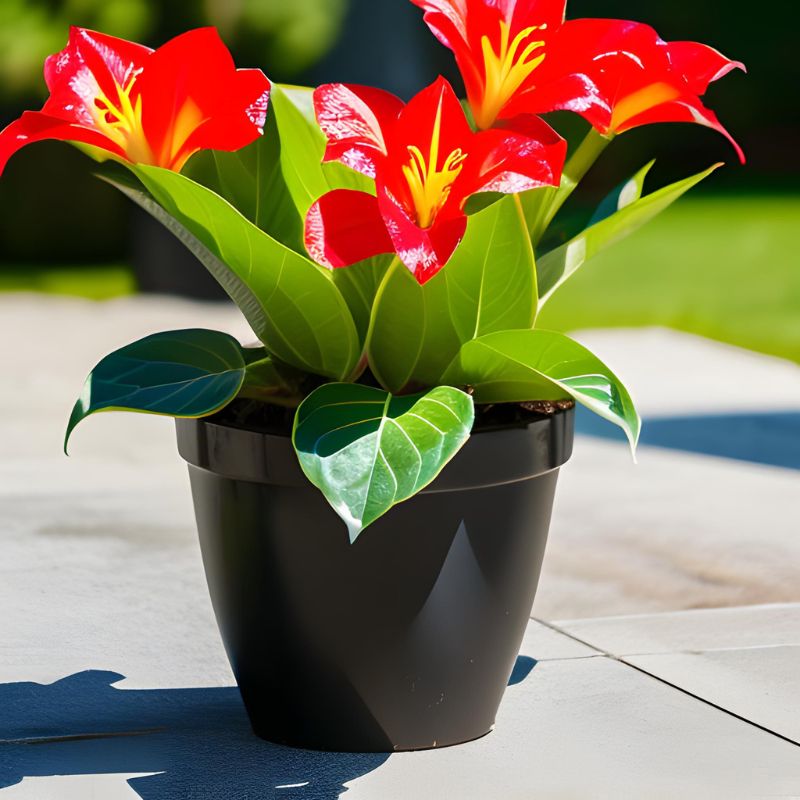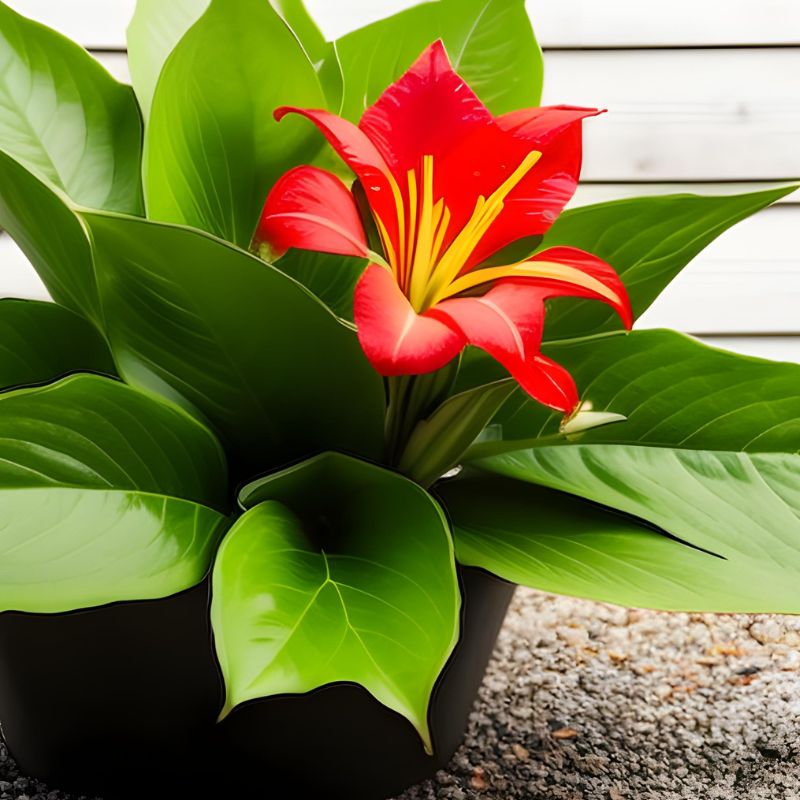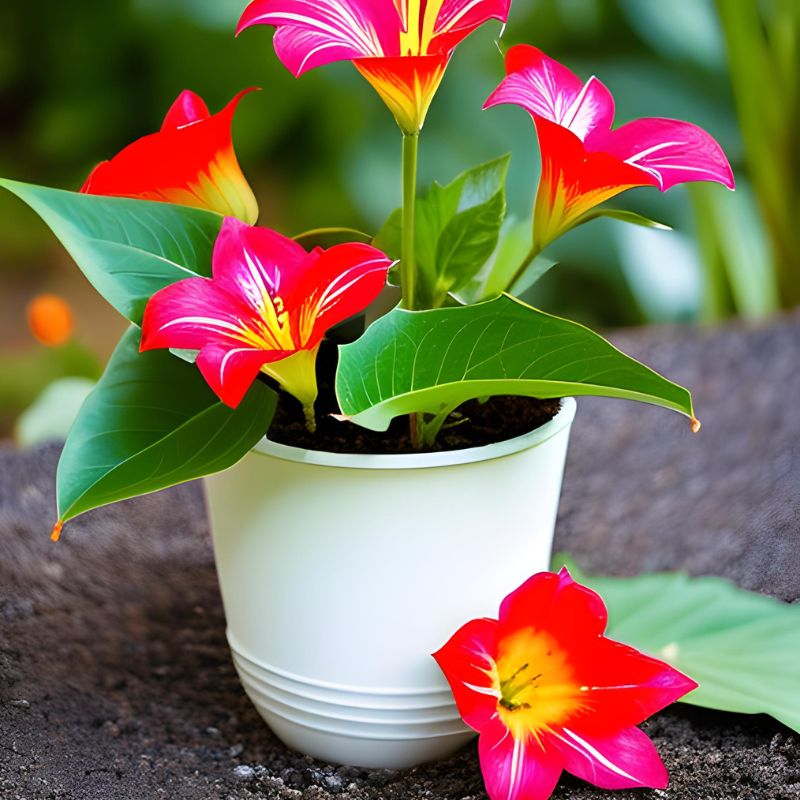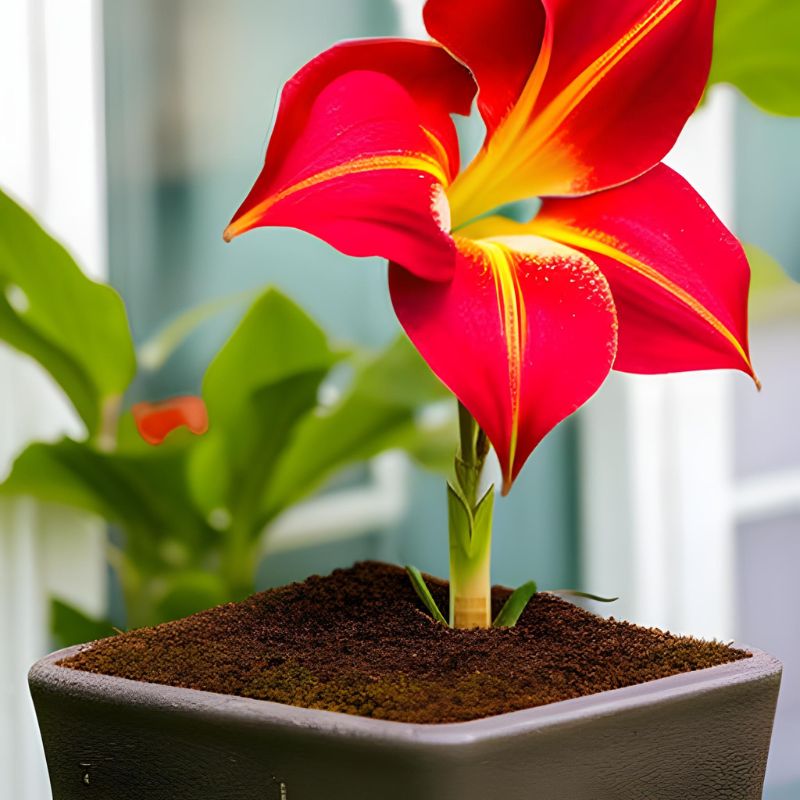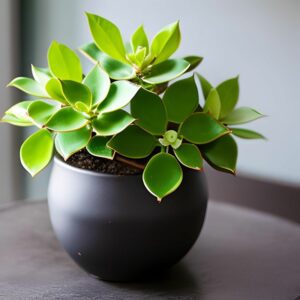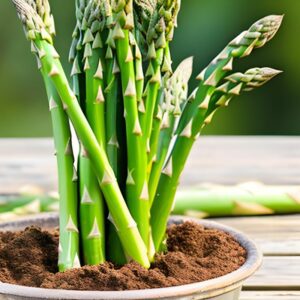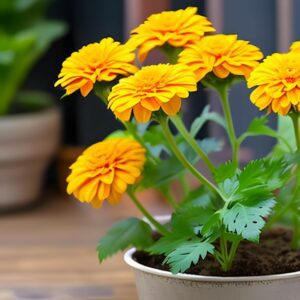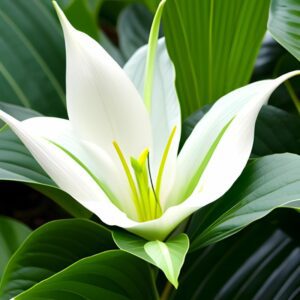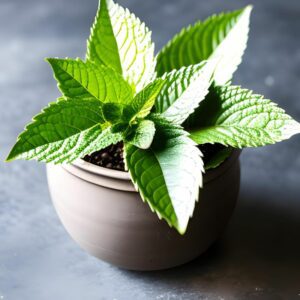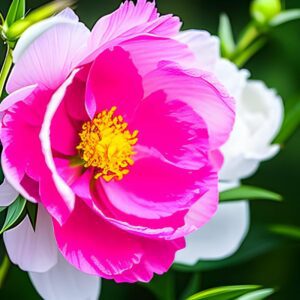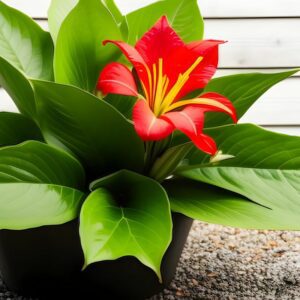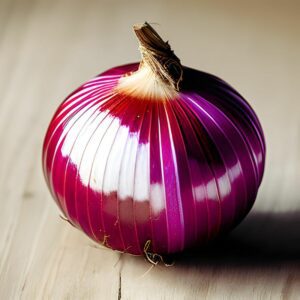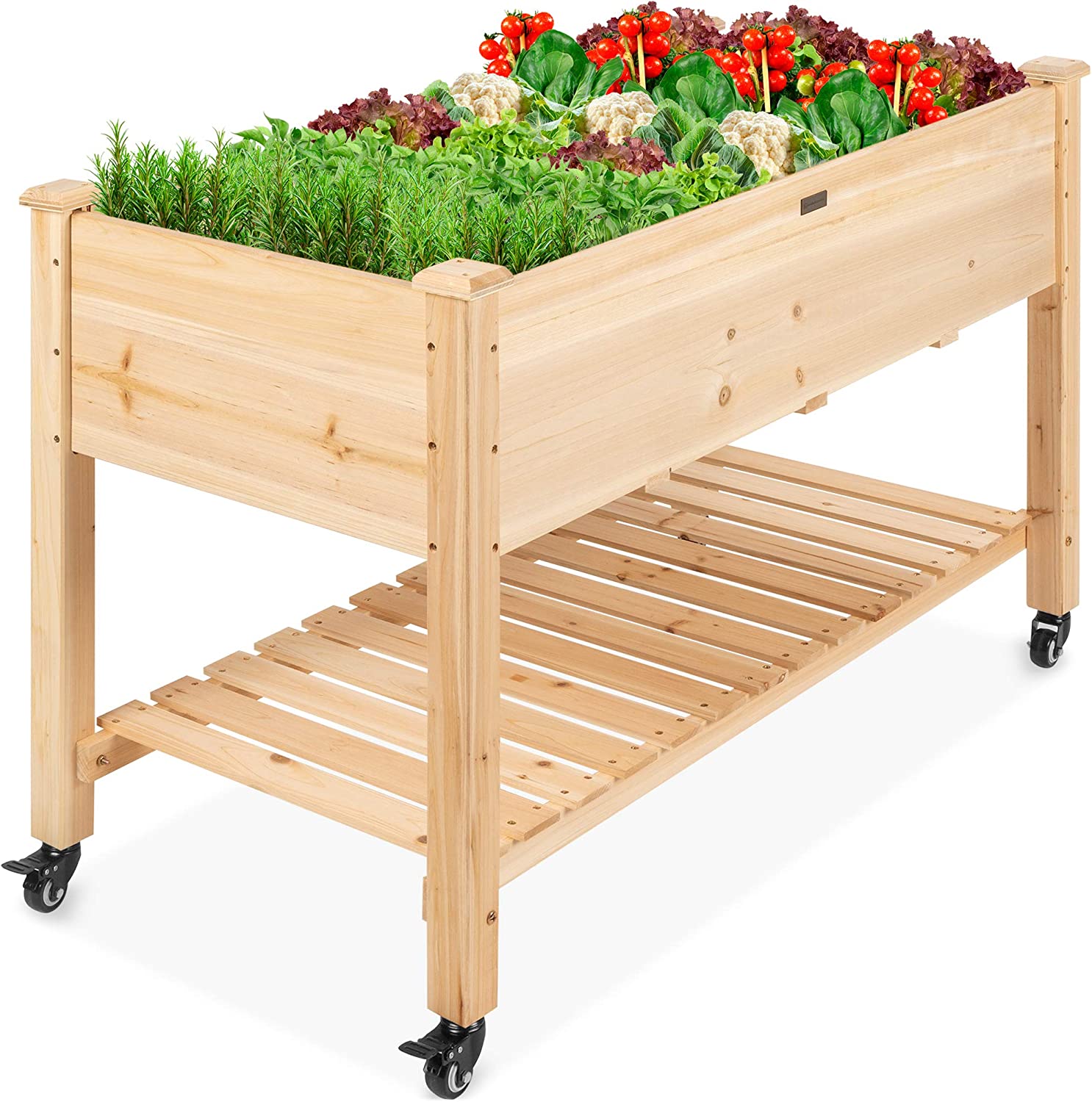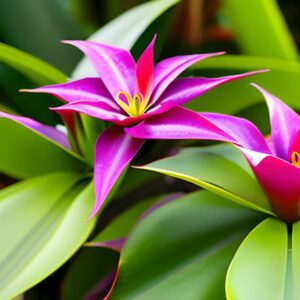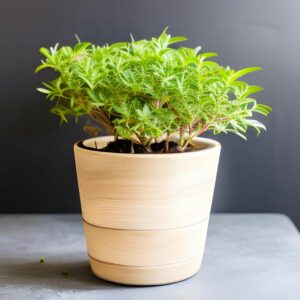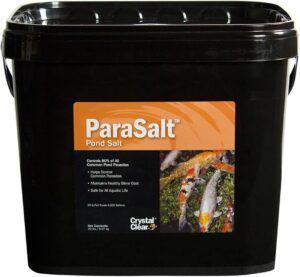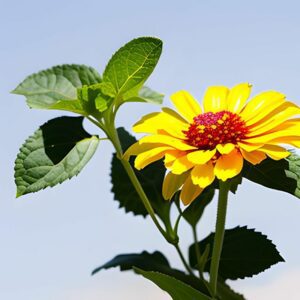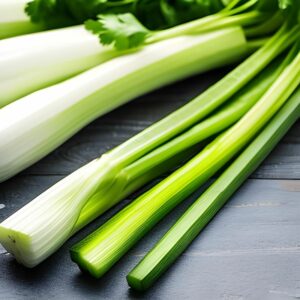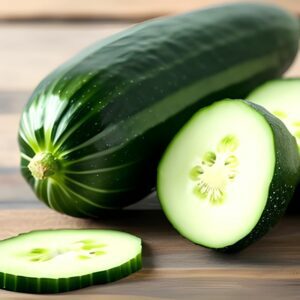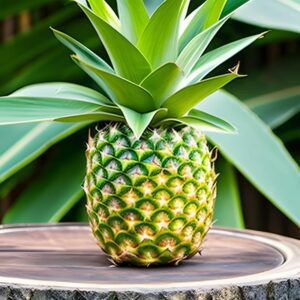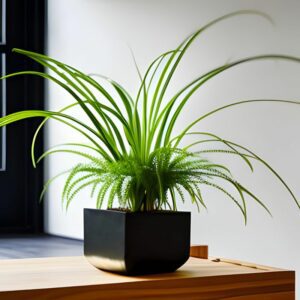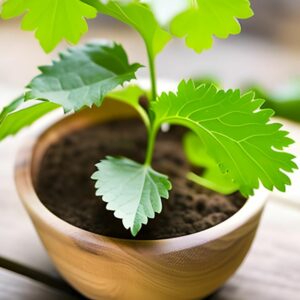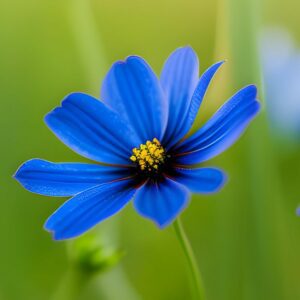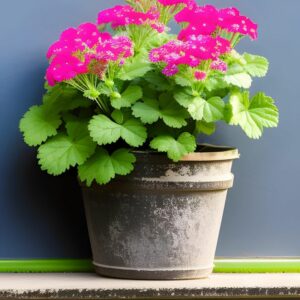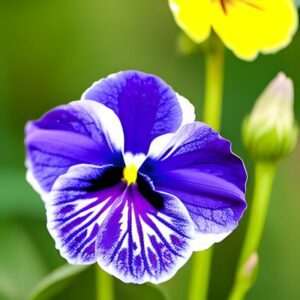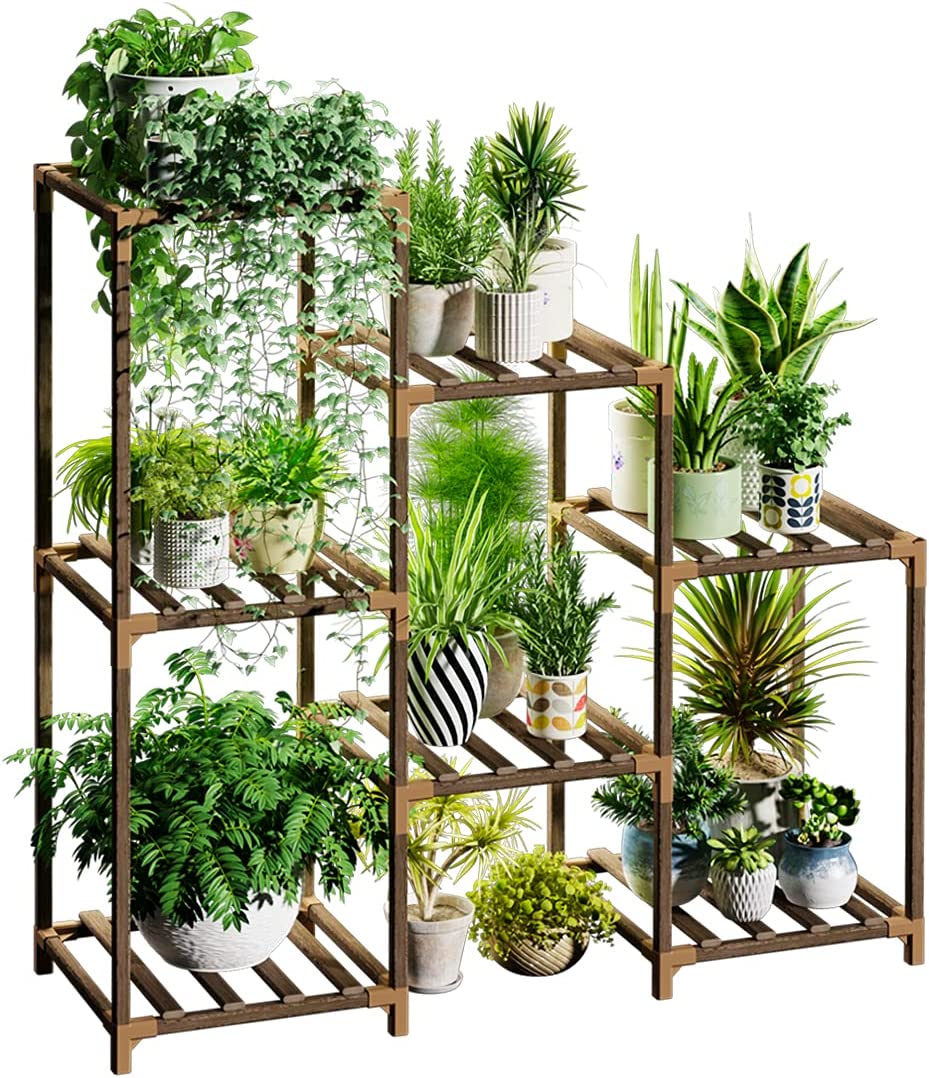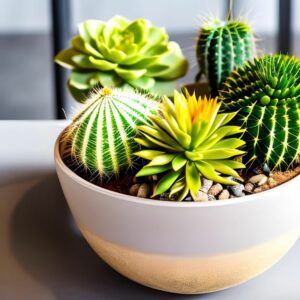Canna Lily
Flowers
- Americas
- Easy
- 8-12 weeks
Introduction
The Canna Lily is a stunning flowering plant native to the Americas, known for its vibrant and exotic blooms. With its tall stalks and large, showy flowers, it adds a touch of tropical elegance to gardens and landscapes. The Canna Lily is easy to grow and is a favorite choice for adding color and texture to both outdoor and indoor spaces.
Plant Characteristics
The Canna Lily features broad, paddle-shaped leaves that can be green, bronze, or variegated in color. The flowers come in a wide range of hues, including red, orange, yellow, and pink. They are often characterized by their intricate patterns and ruffled petals, attracting hummingbirds and butterflies.
Ideal Growing Conditions
Canna Lilies thrive in full sun to partial shade. They prefer moist, well-drained soil and can tolerate both wet and dry conditions. These plants are suitable for tropical and subtropical climates, where they can reach heights of 4-6 feet.
Planting Guide
Plant Canna Lily rhizomes or tubers in spring after the last frost date. Choose a location with fertile soil and dig a hole that is twice the width and depth of the rhizome. Place the rhizome in the hole with the eye facing upwards, cover it with soil, and water thoroughly.
Watering and Fertilizing
Keep the soil consistently moist but avoid overwatering, as it can lead to root rot. Water deeply when the top inch of soil feels dry. Fertilize the plants with a balanced fertilizer once a month during the growing season to promote healthy growth and blooming.
Pruning and Maintenance
Remove spent flowers to encourage continuous blooming. In colder regions, cut back the foliage after the first frost and mulch around the plants to protect the rhizomes from freezing temperatures. Divide overcrowded clumps every 2-3 years to maintain plant health and vigor.
Harvesting or Flowering
Canna Lilies typically bloom from mid-summer to fall, producing a succession of flowers. Enjoy the vibrant and long-lasting blooms as cut flowers for floral arrangements.
Post-Harvest Care
After the flowering season, Canna Lilies enter a dormant period. Reduce watering and allow the foliage to die back naturally. In regions with frost, dig up the rhizomes before the first frost and store them in a cool, dry place for winter. Replant them in spring for the next growing season.
Troubleshooting
Canna Lilies can be prone to pests such as aphids, slugs, and snails. Monitor the plants regularly and take appropriate measures, such as using organic pest control methods or companion planting. Ensure good air circulation to prevent fungal diseases.
Fun Facts
Canna Lilies are not true lilies but are instead members of the Cannaceae family. They are often referred to as “Cannas” and are valued for their ornamental qualities in gardens and landscapes. In addition to their attractive flowers, Canna Lilies are also known for their edible young shoots, rhizomes, and seeds, which are used in certain cuisines.
